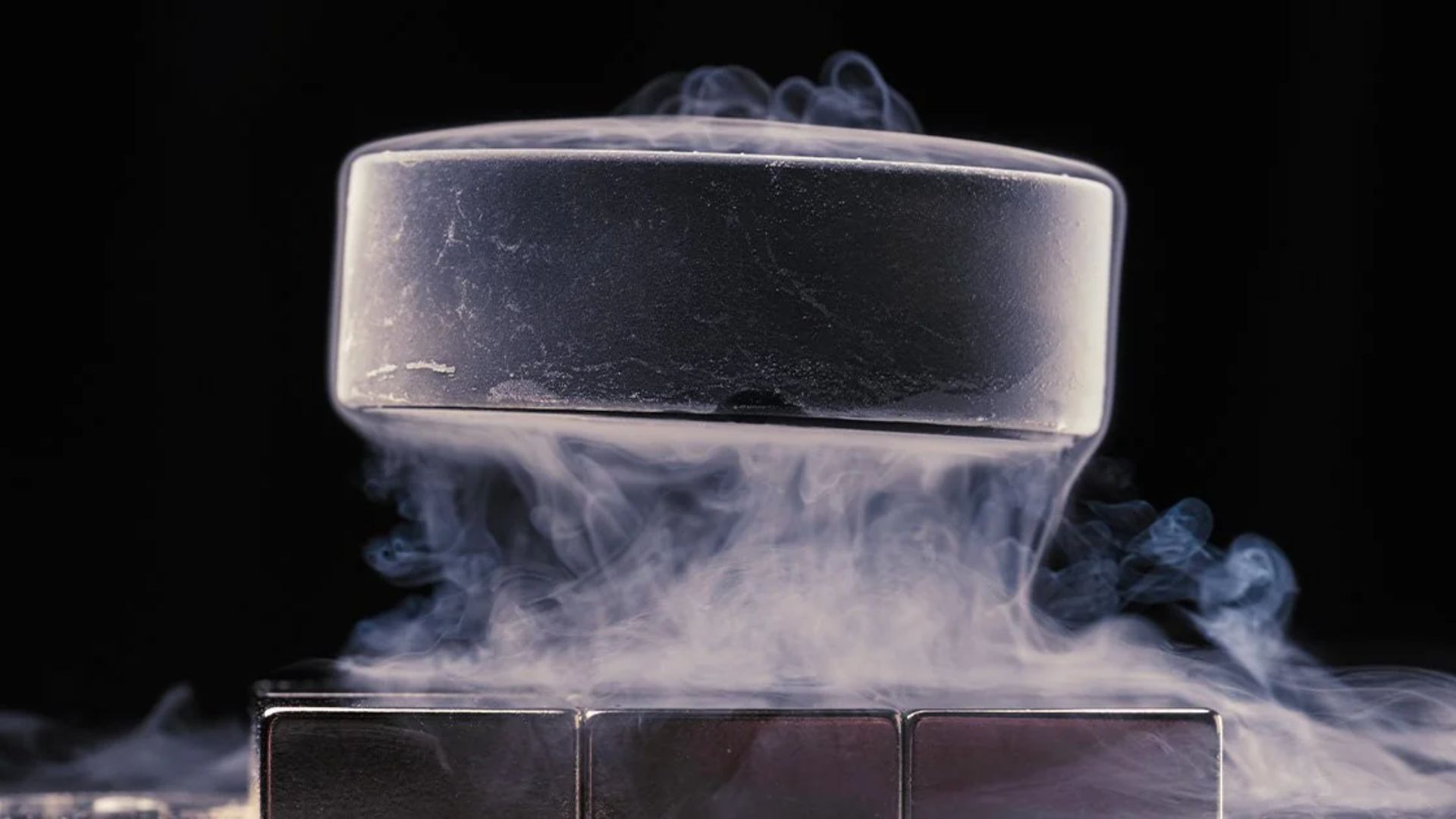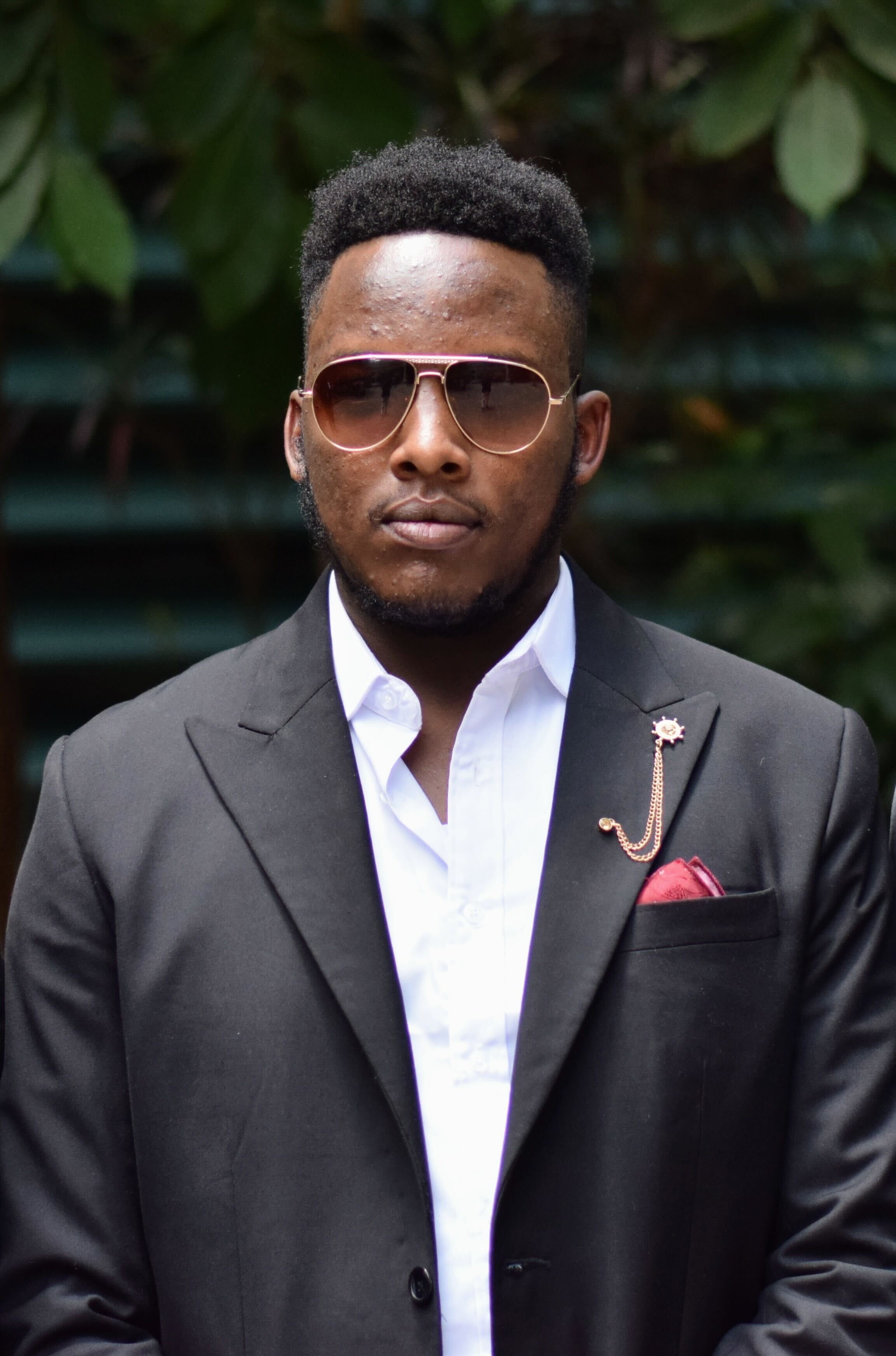Superconductivity slips through the cracks, as South Korean stocks plummet amidst doubt
LK-99 might not be the next superconductor.

What you need to know
- The University of Maryland’s Condensed Matter Theory Center challenged findings cited by Korean scientists highlighting LK-99 as a compound that could be used as a superconductor.
- Sentiments shared by the US based institution negatively impacted superconductor-themed stocks.
- The institution indicated that LK-99 is a "highly resistive poor quality material" and cannot be a superconductor.
Recent hopes and developments in attaining superconductivity have seemingly dwindled, after South Korean stocks linked to superconductors plunged earlier this week. As such, the timeline needed by scientists to authenticate the findings that will determine the success of this breakthrough has been moved up.
The University of Maryland’s Condensed Matter Theory Center which is based in the United States has moved to disprove the claims by the Korean scientists as far as attaining superconductivity is concerned, as spotted by Bloomberg.
Korean scientists working on validating the authenticity of LK-99 highlighted their findings:
For the first time in the world, we succeeded in synthesizing the room-temperature superconductor (Tc≥400 K, 127∘C) working at ambient pressure with a modified lead-apatite (LK-99) structure. The superconductivity of LK-99 is proved with the Critical temperature (Tc), Zero-resistivity, Critical current (Ic), Critical magnetic field (Hc), and the Meissner effect. The superconductivity of LK-99 originates from minute structural distortion by a slight volume shrinkage (0.48 %), not by external factors such as temperature and pressure. The shrinkage is caused by Cu2+ substitution of Pb2+(2) ions in the insulating network of Pb(2)-phosphate and it generates the stress. It concurrently transfers to Pb(1) of the cylindrical column resulting in distortion of the cylindrical column interface, which creates superconducting quantum wells (SQWs) in the interface. The heat capacity results indicated that the new model is suitable for explaining the superconductivity of LK-99. The unique structure of LK-99 that allows the minute distorted structure to be maintained in the interfaces is the most important factor that LK-99 maintains and exhibits superconductivity at room temperatures and ambient pressure.
But it appears that the now-famous material is not a superconductor.
"With a great deal of sadness, we now believe that the game is over. LK99 is NOT a superconductor, not even at room temperatures (or at very low temperatures). It is a very highly resistive poor quality material. Period. No point in fighting with the truth. Data have spoken.," said the University of Maryland’s Condensed Matter Theory Center.
With a great deal of sadness, we now believe that the game is over. LK99 is NOT a superconductor, not even at room temperatures (or at very low temperatures). It is a very highly resistive poor quality material. Period. No point in fighting with the truth. Data have spoken.August 8, 2023
Stocks plunge amidst superconductor disapproval
Shortly after the University of Maryland’s Condensed Matter Theory Center shared information regarding LK-99 and the impossibility of the compound being a superconductor, a ton of stock has slipped, as the venture is no longer deemed worthy. However, the scientists are slated to get their hands on a sample of the compound in the coming weeks.
Get the Windows Central Newsletter
All the latest news, reviews, and guides for Windows and Xbox diehards.
Duksung Co. sunk 29%, while Sunam Co. has distanced itself from the venture, splitting its 30% daily limit. Korea’s Financial Supervisory Service has since expressed its concern over that changes in stock and has moved to increase the margin stock trading.
It's apparent that superconductivity is a goal that everyone hopes to unlock one day. LK-99 seemed like the real deal based on the attention it gained over a short period of time. A large number of research labs lined up to get their hands on the new discovery in a bid to replicate the findings by the Korean scientists with the hope of revolutionizing a world with high-efficiency electric power generation.
Evidently, a lot of testing needs to be done by independent bodies and scientists to verify the claims made by the Korean scientists. If validated, it could be very impactful.
There's a growing concern over the claims by the Korean scientists, however, the review process of the compound is slated to take up to four weeks as communicated by the Korean Society of Superconductivity and Cryogenics led by Kim Changyoung, a Seoul National University professor with vast experience in the field.
Other than getting samples from the scientist to verify the compound's authenticity and potential candidacy as a superconductor, the Korean Society of Superconductivity and Cryogenics has highlighted the replication of materials as an alternative and then running tests on it. To this end, three institutions are currently looking into replicating the results by the Korean scientists and seeking to validate their claims.

Kevin Okemwa is a seasoned tech journalist based in Nairobi, Kenya with lots of experience covering the latest trends and developments in the industry at Windows Central. With a passion for innovation and a keen eye for detail, he has written for leading publications such as OnMSFT, MakeUseOf, and Windows Report, providing insightful analysis and breaking news on everything revolving around the Microsoft ecosystem. While AFK and not busy following the ever-emerging trends in tech, you can find him exploring the world or listening to music.
